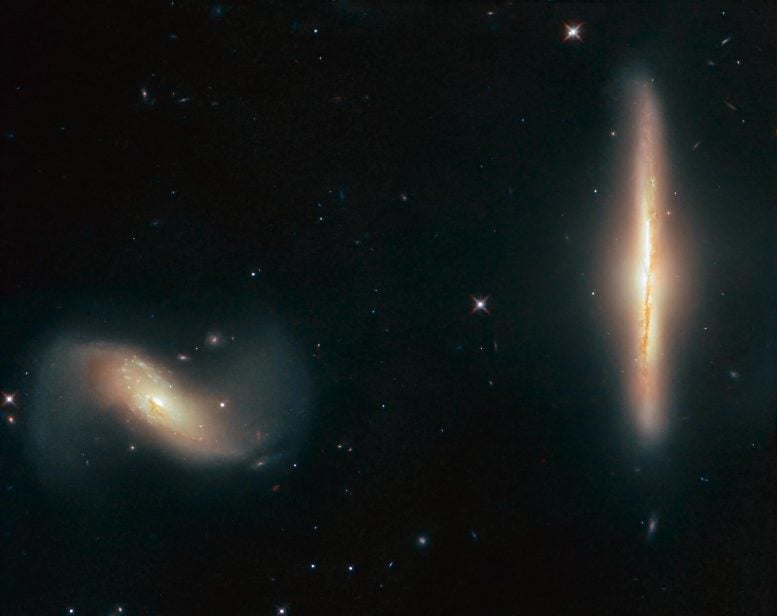
The two galaxies in this picture, NGC 6285 (left) and NGC 6286 (right), are interacting. Their mutual gravitational attraction is pulling wisps of gas and streams of dust away from them, changing their shapes, and gently smudging and blurring their appearances in the sky. Credit: ESA/Hubble & NASA, K. Larson et al.
Some galaxies are closer friends than others. While many live their own separate, solitary lives, others stray a little too close to a near neighbor and take their relationship to the next level.
The two galaxies featured in this image, named NGC 6285 (left) and NGC 6286 (right), have done just that! Together, the duo is named Arp 293 and they are interacting, their mutual gravitational attraction pulling wisps of gas and streams of dust from them, distorting their shapes, and gently smudging and blurring their appearances on the sky — to Earth-based observers, at least.
The NASA/ESA Hubble Space Telescope has viewed a number of interacting pairs. These can have distinctive, beautiful, and downright odd shapes, ranging from sheet music to a spaceship entering a sci-fi-esque wormhole, a bouquet of celestial blooms, and a penguin fiercely guarding its precious egg.
Arp 293 is located in the constellation of Draco (The Dragon), and lies over 250 million light-years from Earth.

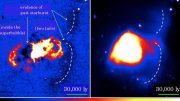

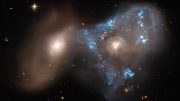
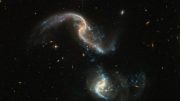
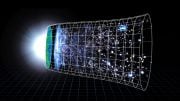

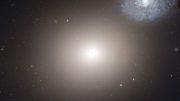
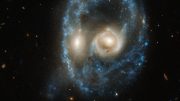
So how is the “gravity” from the galaxy on the right causing causing the “downward” wisp on the left side of the galaxy on the left? I would suggest re-visiting your article from yesterday regarding the large scale magnetic order in a galaxies halo.